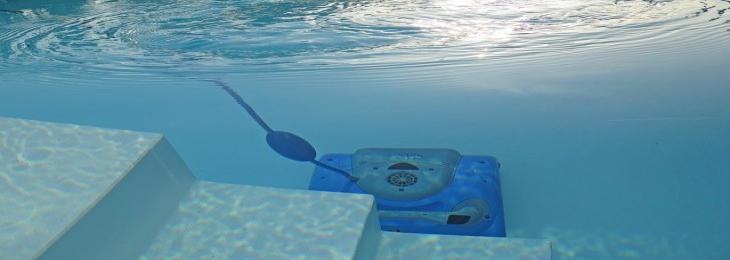
A blind robot navigates staircase successfully. It had a high success rate in both going up and down.
It is easy for four-legged robots with computer vision to climb stairs, but it’s a different story for a blind bipedal robot. Researchers from Oregon State University have already achieved the feat by training Cassie (an Agility robotics bipedal robot) in a simulator. Because of probable bad illumination, fog, and other difficulties, robots can’t always rely solely on cameras or other sensors, according to the researchers. They would ideally employ ‘proprioception’ (body awareness) to navigate unfamiliar environments as well.
To determine how the robot will walk, the researchers employed a technique known as sim-to-real Reinforcement Learning (LR). They used a simulator to practice without harming the robot. They essentially trained the robot how to deal with a variety of scenarios, including stairs and flat ground. After completing the simulated training, the researchers took the robot on a tour of the university campus, tackling staircases and various sorts of terrain. It proved to be an excellent student, navigating curbs, logs, and other unfamiliar terrain. The researchers ran ten attempts climbing and descending the stairs, and it handled them with an efficiency of 80% and 100% respectively.
There were a few snags in the early trials, as the robot had to run at a consistent speed and would fail id it came in too fast or too slow. Due to difficulty of navigating an unexpected environment while blind, it is also heavily reliant on memory. Future experiments will be conducted to examine if the efficiency of the system improves with the addition of computer vision.






